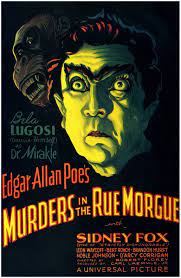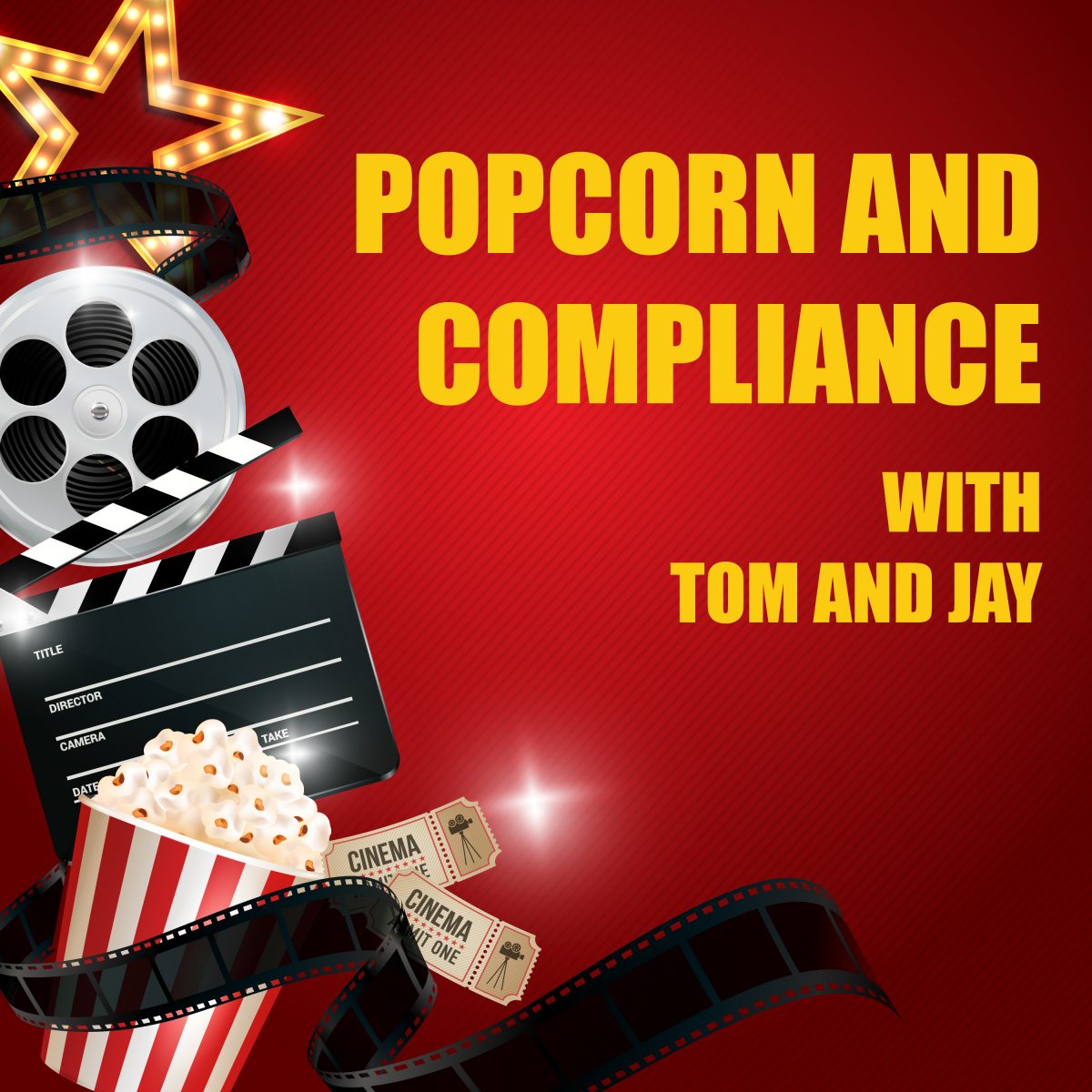It is October and one of my favorite times of the year as I get to revisit the 1930s and 1940s classic monster movies released by Universal Pictures. This year, I want to explore some of the lesser-known Universal Picture offerings. Over the next four weeks, I will be releasing a podcast and penning a blog post on it. This week, I will discuss the 1932 classic Murders in Rue Morgue, starring horror legend Bela Lugosi. The podcast appears on the fan-favorite podcast Popcorn and Compliance.
The movie version of Murders in Rue Morgue offers valuable insights on leadership and ethics. It emphasizes the importance of balance, open-mindedness, and adaptability in leadership, cautioning against blind obsession and unethical actions. The film also underscores the significance of team loyalty and the need for leaders to foster a respectful and positive team dynamic. It encourages questioning authority and promotes a culture where team members can challenge strategies and decisions.
One of the key factors that impact leadership, ethics, and accountability in the movie is the tradeoff between the pursuit of scientific advancement and the ethical boundaries that should not be crossed. While science and research are critical for human advancement, there are ethical considerations that cannot and should not be ignored. The movie highlights the dangers of obsession and the potential consequences of prioritizing personal goals over the well-being of others. Leaders must remain balanced, open-minded, and willing to change their course of action based on new information or evidence.
The film also explores ethical concerns about the exploitation of vulnerable populations. Dr. Mirakle targets women whom he believes will not be missed by society. This raises questions about the responsibility of leaders to protect and respect the rights of all individuals, regardless of their social status or vulnerability. The movie serves as a cautionary tale about the dangers of unchecked power and the potential for abuse. It prompts reflection on the difference between legality and ethics, highlighting the importance of considering the impact on others when making decisions.
Additionally, the movie touches on the issue of animal rights and cruelty. The use of Eric the gorilla in experiments and sideshows raises ethical questions about the treatment of animals and the potential consequences of mistreating them. It reminds leaders to consider the ethical implications of their actions, even if societal norms and perceptions of cruelty have changed over time.
The film also raises the question of morality versus legality. While Dr. Mirakle’s actions may not seem illegal in the setting of the movie, they are undoubtedly immoral. This highlights the difference between what is legal and what is ethical and moral. Leaders should be aware of this distinction and strive to make decisions that align with both legal requirements and ethical principles.
Accountability is another important aspect explored in the movie. Dr. Mirakle faces consequences for his unethical practices, emphasizing the idea that actions have repercussions and that individuals must be held accountable for their unethical deeds. This serves as a reminder to leaders that they are responsible for their actions and should be prepared to face the consequences of their decisions.
In conclusion, Murders in Rue Morgue provides a thought-provoking exploration of leadership, ethics, and accountability. The movie highlights the importance of balance, open-mindedness, and adaptability in leadership, as well as the need to consider the impact on others when making decisions. It serves as a cautionary tale about the dangers of unchecked power and the potential for abuse. By examining the tradeoffs involved in balancing different factors and exploring the challenges associated with different approaches, the film prompts reflection on morality, science, individual rights, and the need for accountability.
I hope you will watch (or rewatch) this great classic movie and join me on this great and fun exploration of the Universal Pictures classic monster movie oeuvre.




